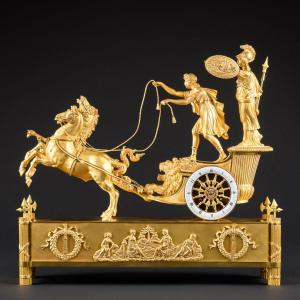The chariot and horses rest on a rectangular base which is mounted on the front with four figures. They represent Telemachus, his father Ulysses, Calypso and the nymph Eucharis who sit either side of a tree upon a rock and are flanked at either end by laurel wreaths crossed by a ribbon-tied sword. Further, both ends of the case have ornaments of wreaths. Finally, the case is supported at each corner by fasces – bundles of wooden rods strapped together – with axe heads on top.
This museum quality Empire clock “Chariot of Telemachus” is attributed to Jean-André Reiche. It presents itself with it’s original mercury gilding in an excellent state of preservation.This particular model depicting Telemachus and Athena first appears in a drawing signed by the bronzier Jean-André Reiche and dated 1807 in the National Library in Paris. Elke Niehüser and others note that the model for this clock case was most probably by the sculptor Jean Baptiste Boyer (1783-1839).
It is claimed that the twelve marshals of the French Empire possessed one of these clocks. Other surviving models of the same chariot clock can be found in the Malmaison Museum, the Spanish Royal collection, the Dutch Royal collection as well as in the Musée François Duesberg at Mons in Belgium.
Mythology Of Telemachus
The scene that is represented comes from the fifth book of the Adventures of Telemachus by French writer Fénelon (published in 1699) in which Telemachus wins a chariot race thanks to the intervention of Athena. It illustrates the adventures of Telemachus, son of Ulysses and his beautiful wife Penelope. According to Homer’s Odyssey, Telemachus was persuaded by the gods to go and search for his father after he failed to return home at the end of the Trojan Wars. Since Telemachus’s family tried to keep him at home, Athena disguised herself as Telemachus’s old guardian named Mentor. Thus Telemachus is shown here riding his chariot, mounted with a lion head to symbolise Fortitude and overseen behind by Athena who wears her usual guise of a helmet and holds a shield and spear.
Telemachus encountered many ventures but eventually returned home after finding his father Ulysses. Before the latter was reunited with Penelope, Telemachus helped thwart her many suitors that had pursued her during Ulysses’s absence. She too had tried to fend them off by setting them a series of tasks, one of which was to string Ulysses’s bow and shoot an arrow through the handle holes of twelve axe heads. This part of the story may explain why the corner of the clock’s base are mounted with fasces – bundles of wooden rods strapped together and enclosing an axe.
Details Of The Empire Clock “Chariot Of Telemachus”
The movement with anchor escapement and silk thread suspension strikes the hour and half hours on a bell. It has a white enamel dial with Roman numerals and blued-steel Breguet style hands for the hours and minutes. This Empire clock presents itself with it’s original mercury gilding in an excellent state of preservation. The clock is in an exceptional and perfectly working condition. Also, it has been cleaned and serviced by a professional clock maker. The clock comes complete with its pendulum, key and bell.
Paris, circa 1805-1810.
Dimensions: height 46 cm, width 50 cm, depth 13 cm.
Jean-André Reiche (1752-1817)
The clock is one of a number designed by Jean-André Reiche (1752-1817) who was one of the leading Parisian bronziers during the Empire period. Like Jean-Simon Deverberie, he gained particular renown for his Pendules Au Nègre. The son of a shop owner from Leipzig, Reiche was baptised in Leipzig’s Sainte-Nicole Church on 13th August 1752, where his surname was recorded as Reich. Jean-André probably changed his name to accord with French conventions when, like a number of German ébénistes, he moved to Paris where he was received as master founder in June 1785.
From his workshop in rue Notre-Dame-de-Nazareth he began specialising in the production of clock cases which especially thrived after the abolition of the guilds during the French Revolution. This meant that Reiche could now create every aspect of a clock case, employing a team of workmen from modelers, casters and chasers to marble workers. His renown immediately grew as a marchand-fabricant de bronzes and especially as a supplier to the Emperor. When he died on 18th March 1817, Jean-André Reiche left his business to his son Jean Reiche.
Literature
See our website for more detailed photos:
https://apolloartantiques.nl/product/important-empire-clock-chariot-of-telemachus-attributed-jean-andre-reiche/
We send this article worldwide, professionally packaged, with registered and fully insured shipping at a fair price.




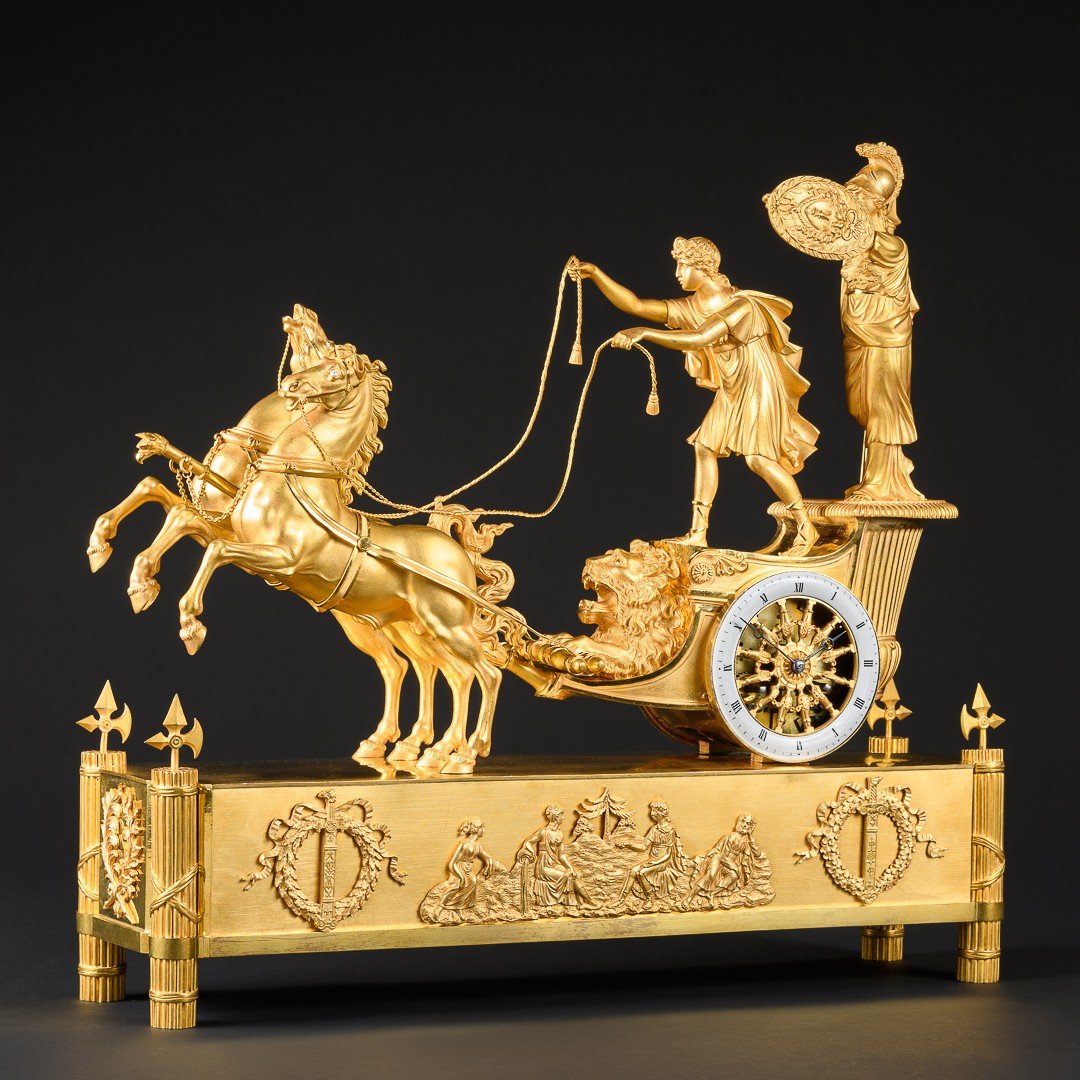

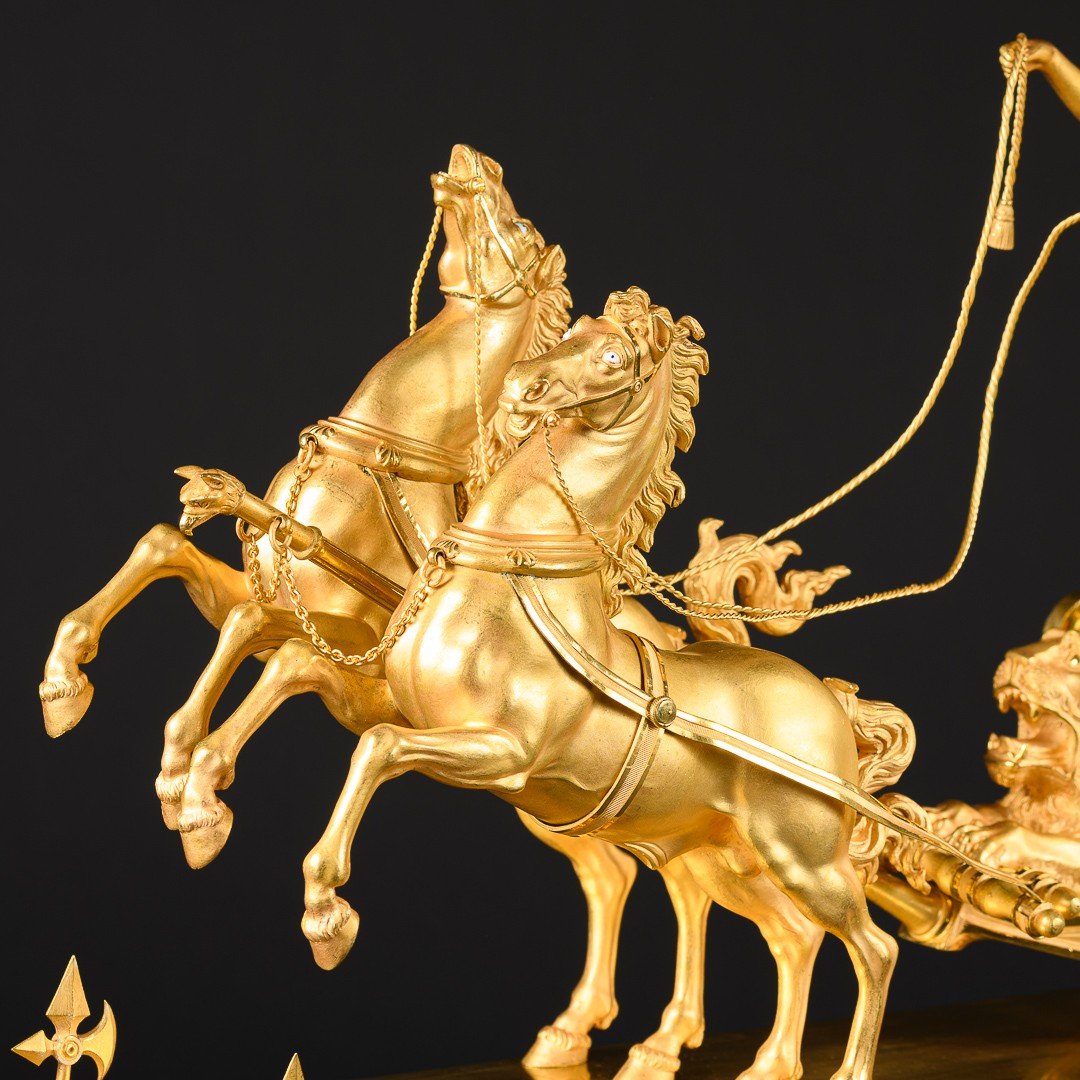
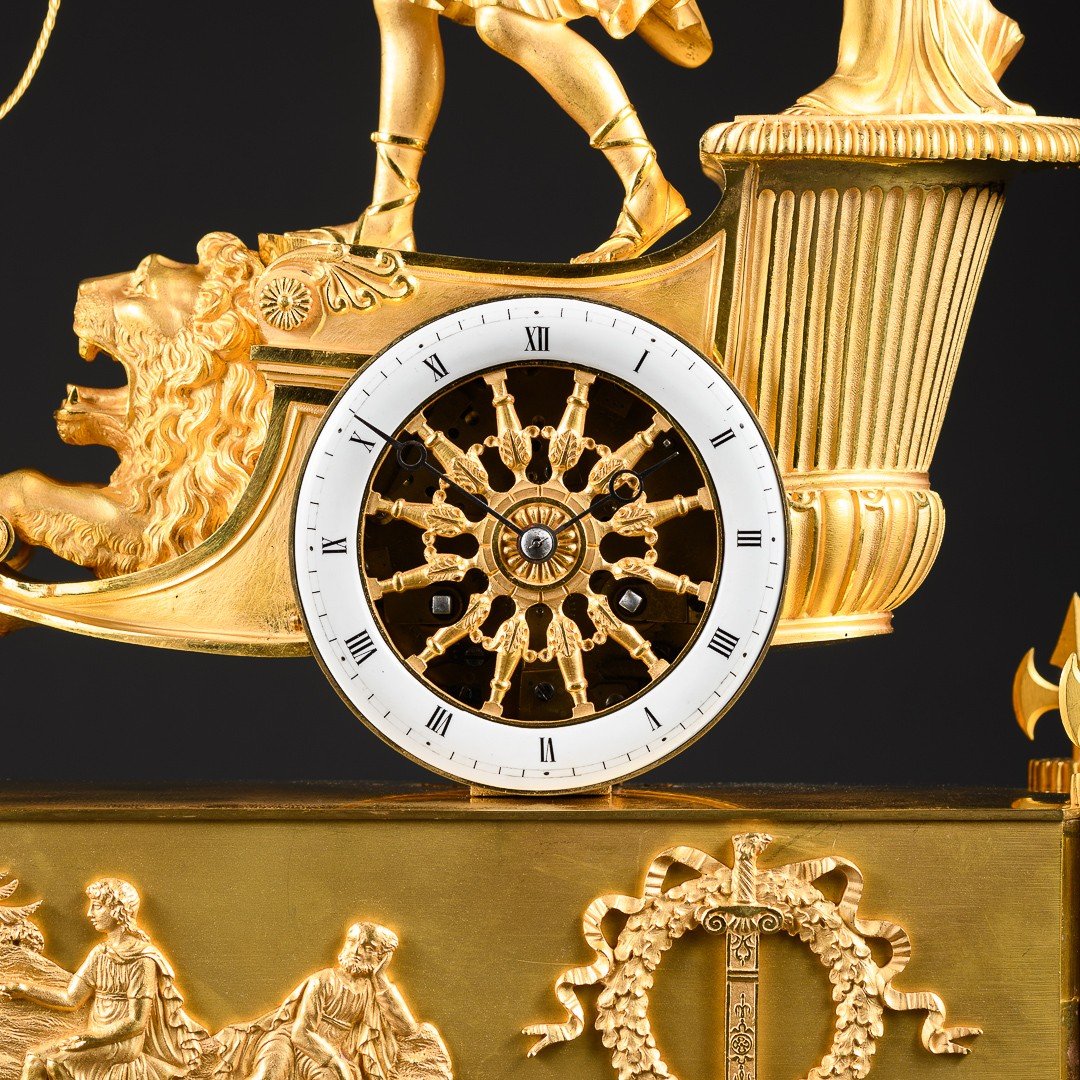
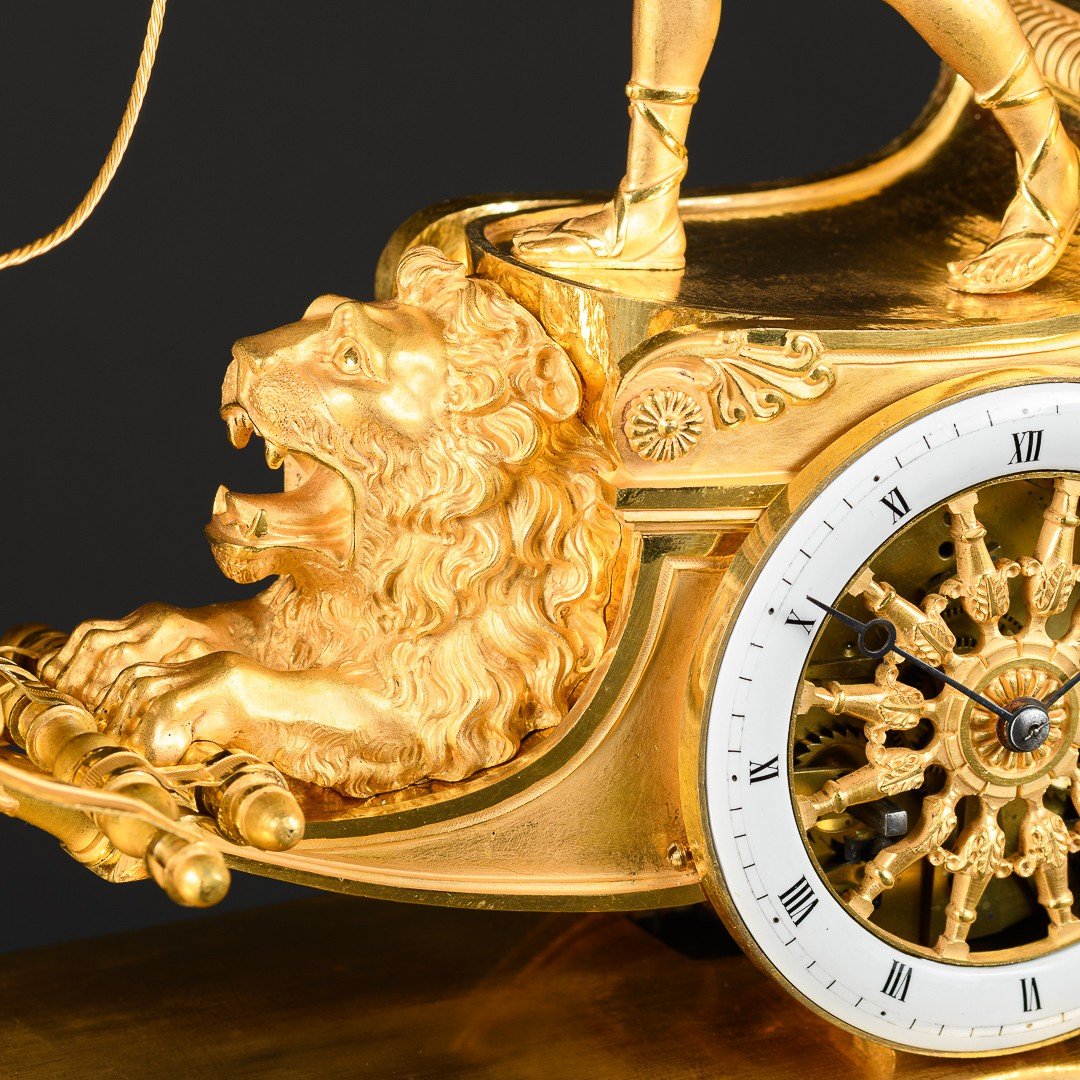
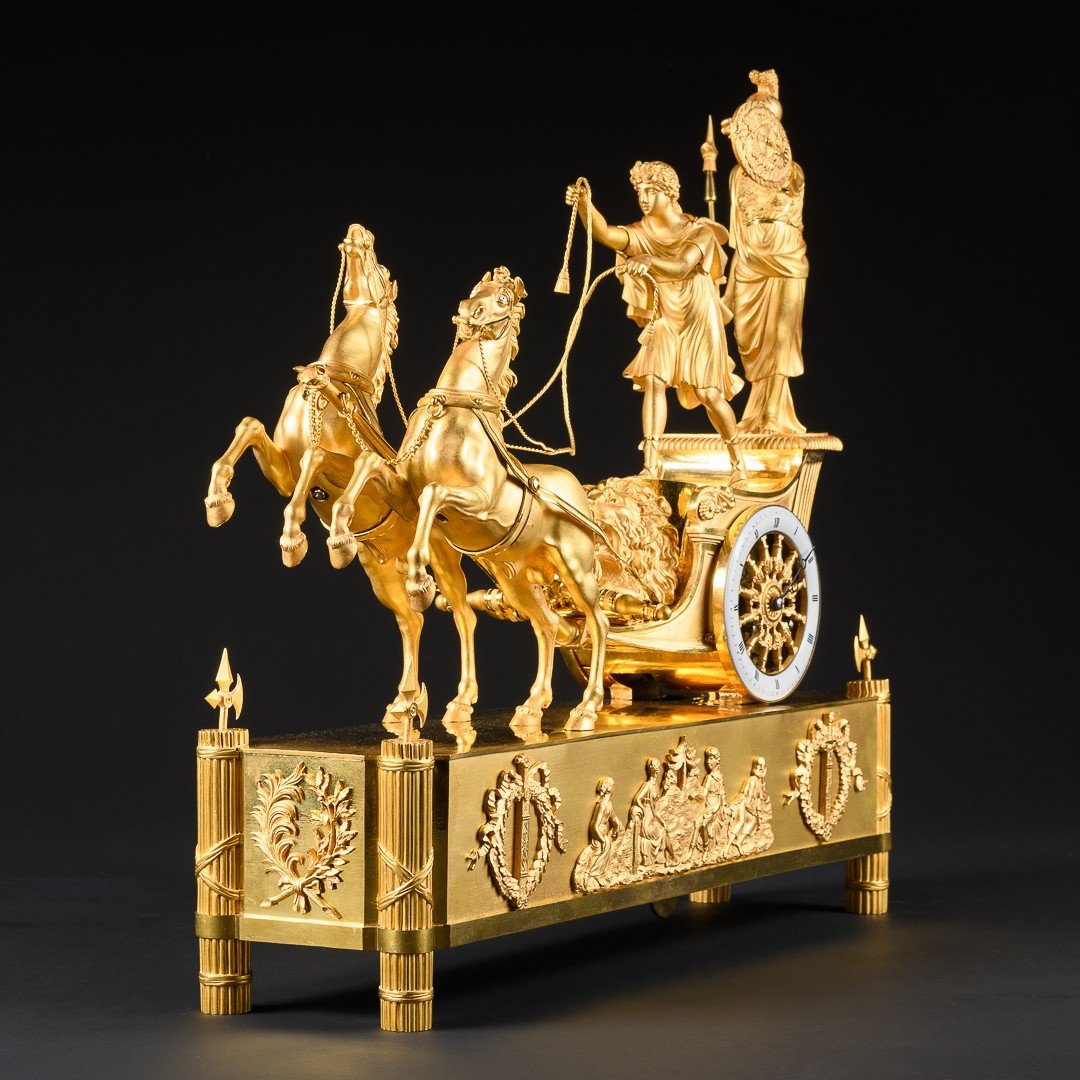
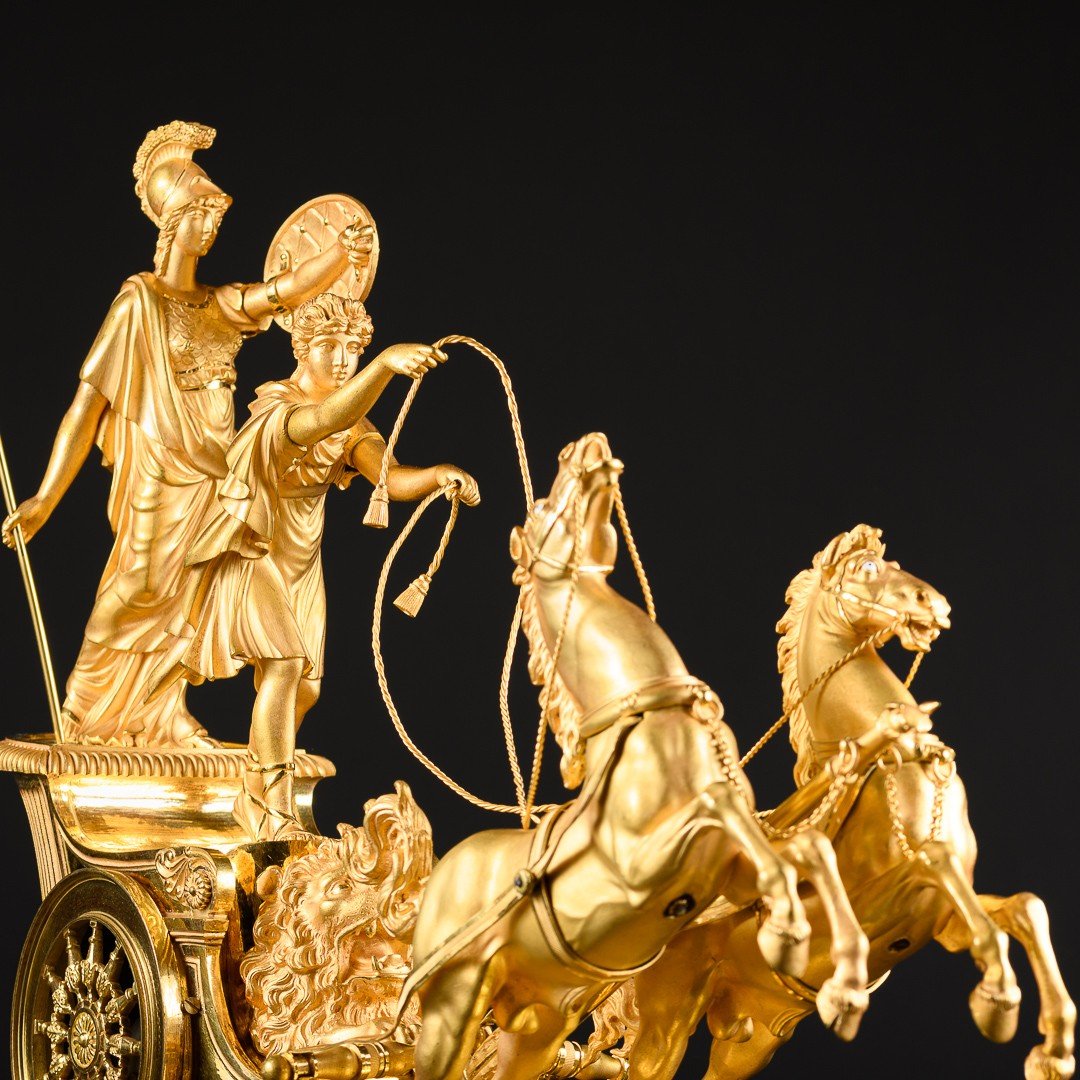
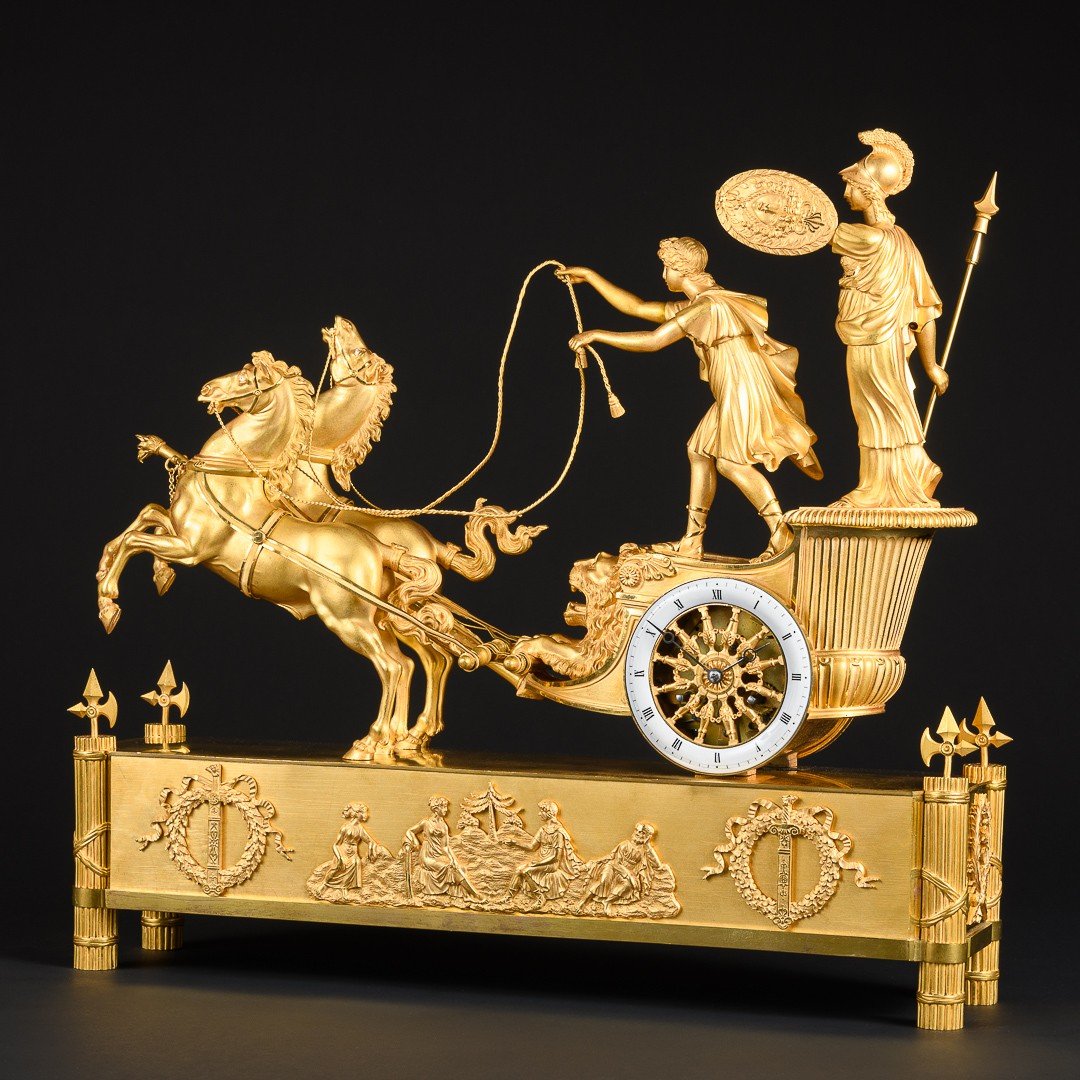
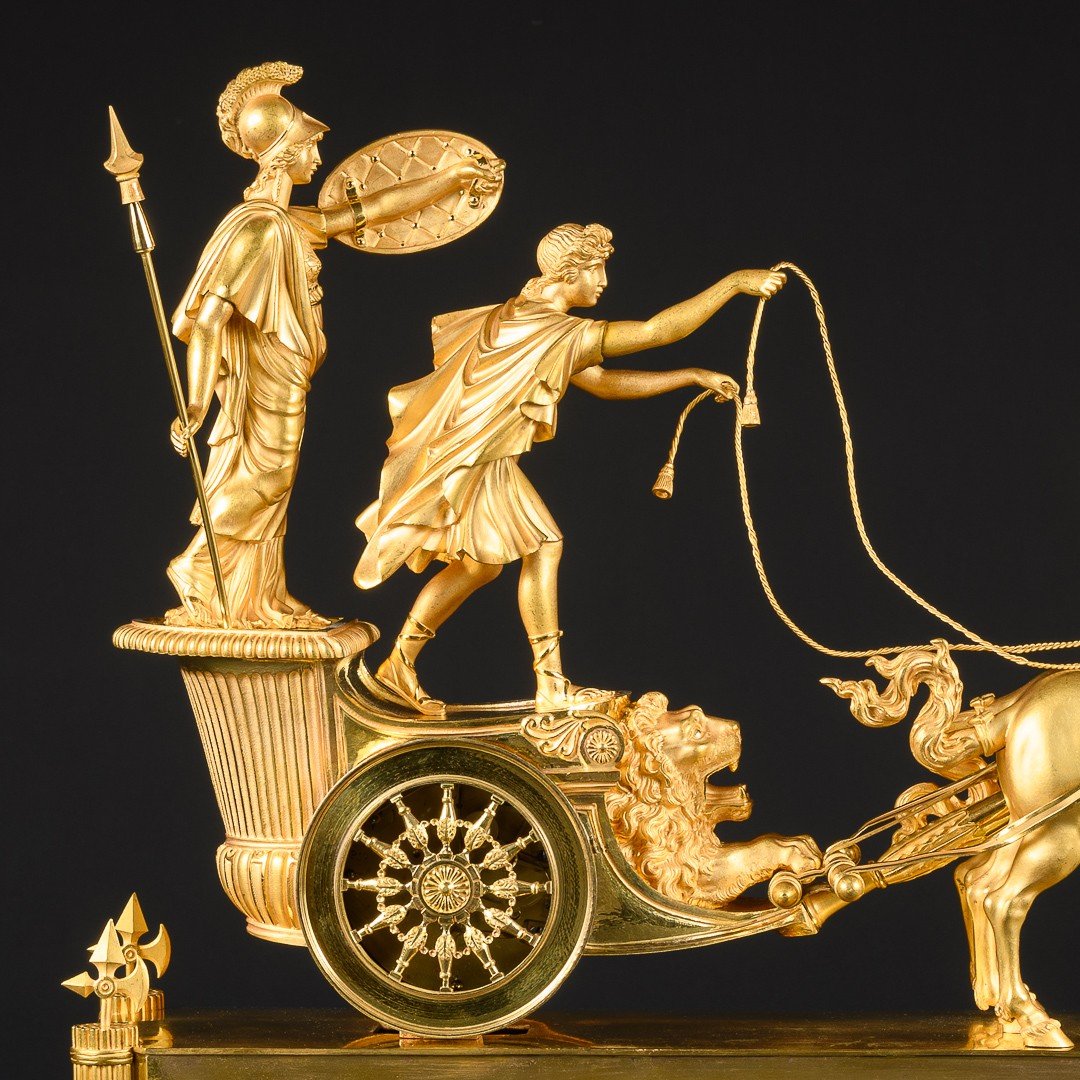
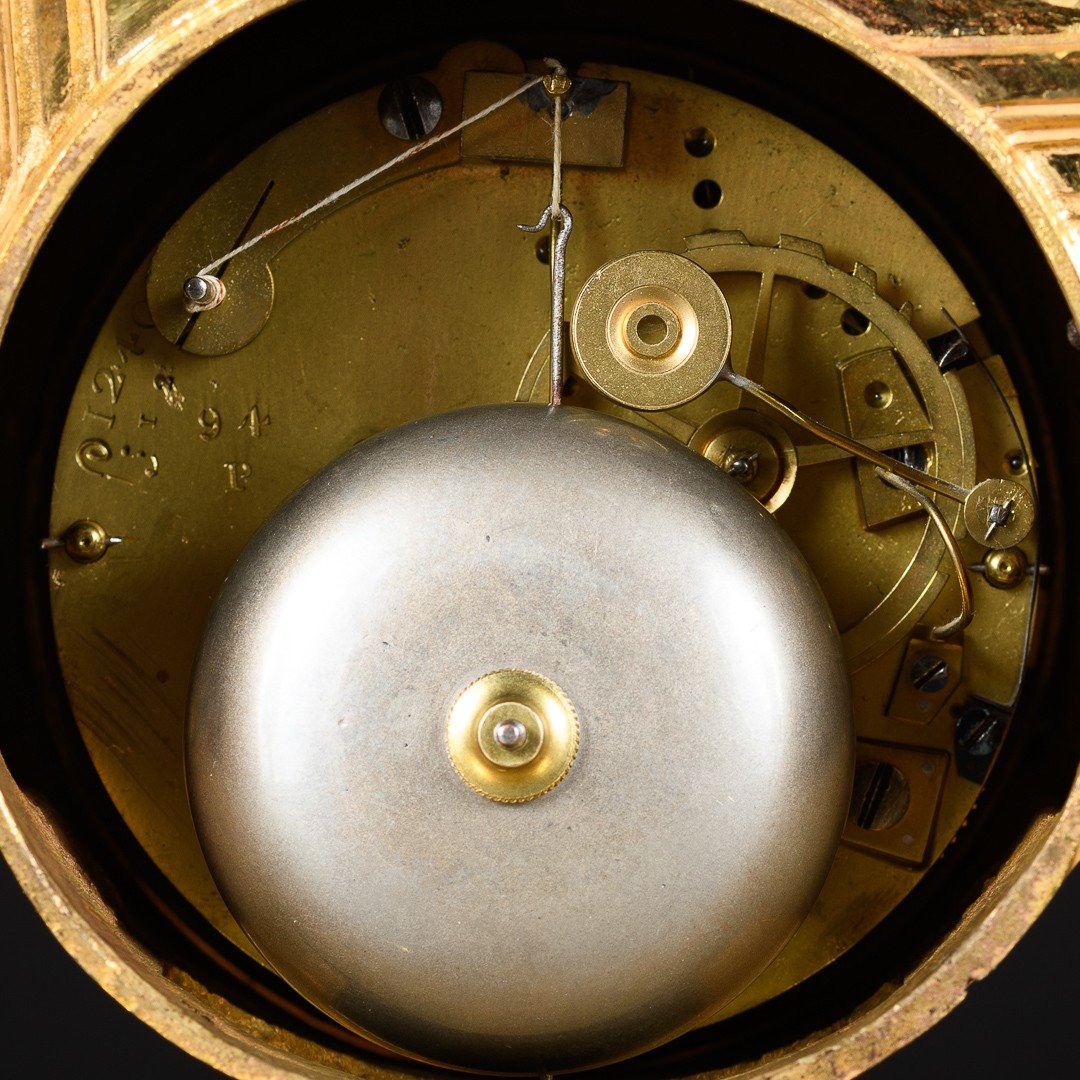





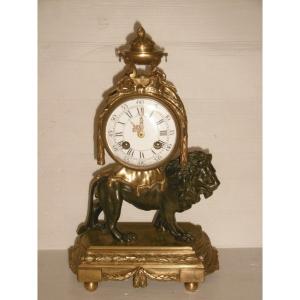



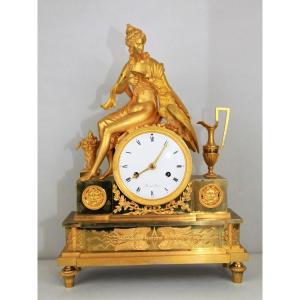




 Le Magazine de PROANTIC
Le Magazine de PROANTIC TRÉSORS Magazine
TRÉSORS Magazine Rivista Artiquariato
Rivista Artiquariato
